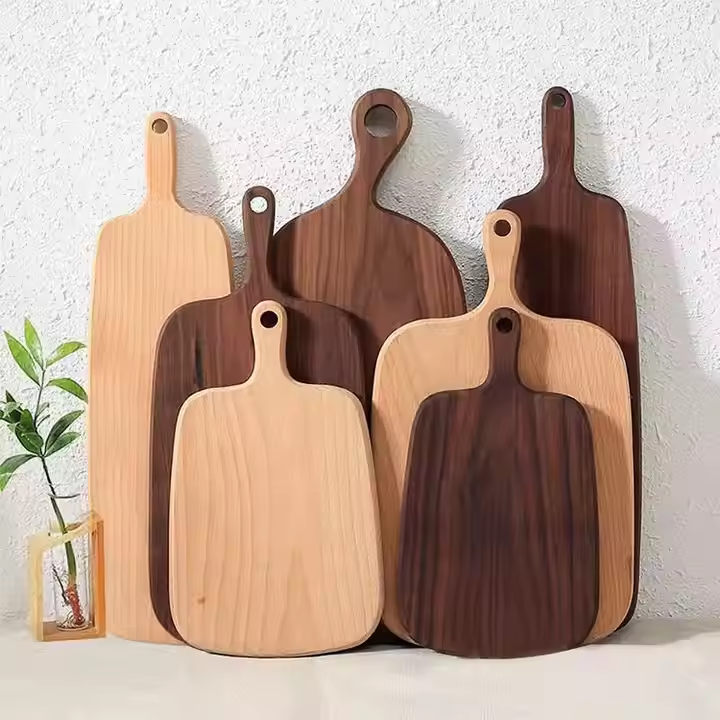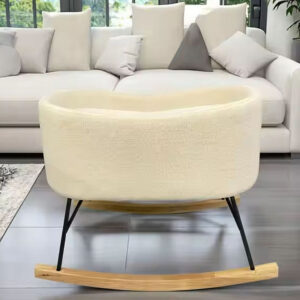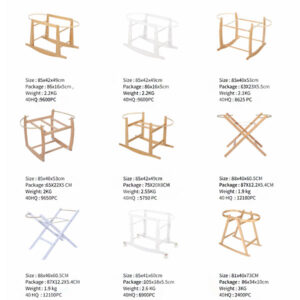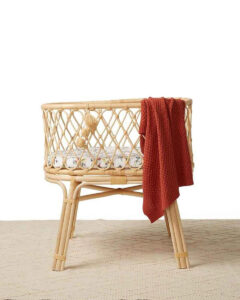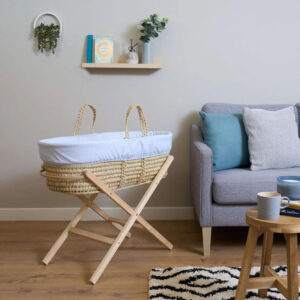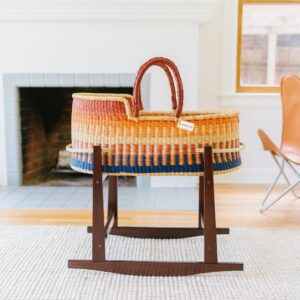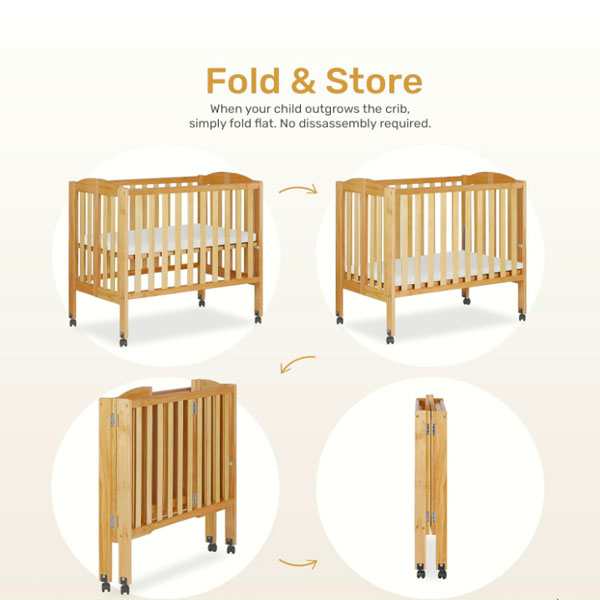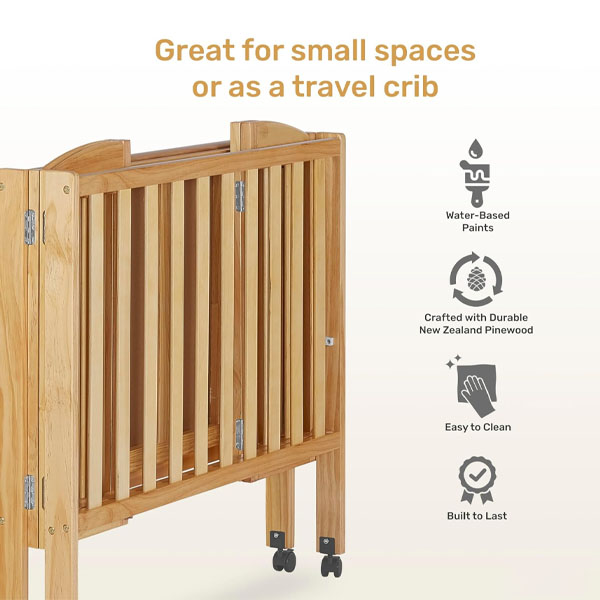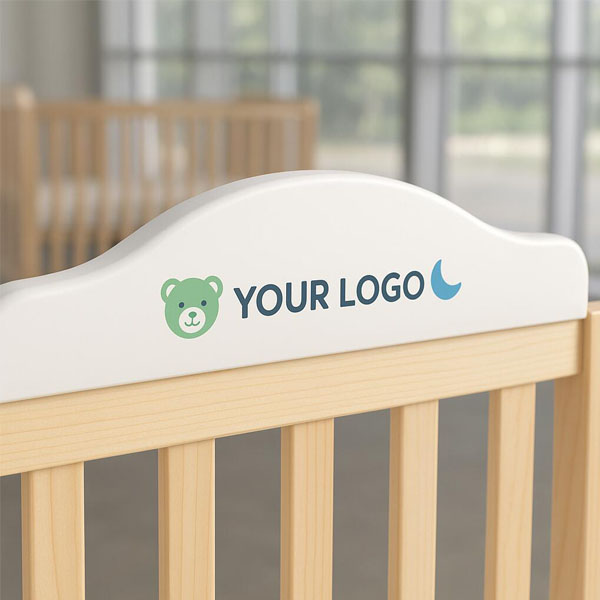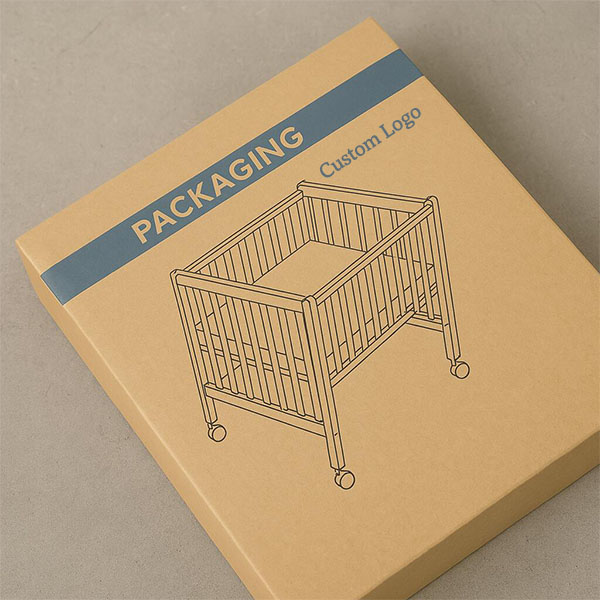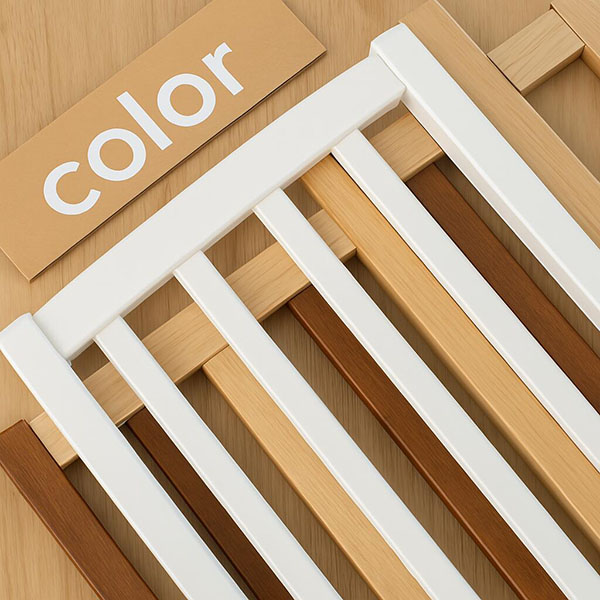How to Choose the Best Cutting Board: A Professional Guide
Introduction
A high-quality cutting board is an essential tool in any kitchen, influencing food hygiene, knife longevity, and overall cooking efficiency. But with so many materials and designs available, how do you choose the right one? This guide explores the best cutting board options from a professional perspective, ensuring you select a board that is durable, sanitary, and practical.
1. Best Cutting Board Materials: Pros & Cons
Wood: The Chef’s Favorite
Pros:
- Naturally antibacterial properties
- Self-healing surface reduces deep grooves
- Gentle on knife blades
Cons:
- Requires regular oiling to maintain moisture
- Not dishwasher-safe
Best For: Professional and home kitchens, particularly for bread, vegetables, and cheese.
Bamboo: Eco-Friendly & Durable
Pros:
- Harder and more durable than wood
- More resistant to water absorption
- Sustainable and environmentally friendly
Cons:
- Can be tough on knives
- Needs regular maintenance with mineral oil
Best For: General kitchen use with a focus on sustainability.
Plastic: Hygienic & Affordable
Pros:
- Non-porous and easy to sanitize
- Dishwasher-safe
- Lightweight and cost-effective
Cons:
- Develops deep knife grooves over time
- Less durable than wood or composite materials
Best For: Raw meat and seafood preparation (use color-coded boards to prevent cross-contamination).
Composite (Richlite, Epicurean): Professional Choice
Pros:
- Heat-resistant and dishwasher-safe
- Less porous than wood, resisting bacteria
- Durable with minimal knife damage
Cons:
- Heavier than plastic
- More expensive than traditional materials
Best For: High-performance kitchens that need a low-maintenance yet durable board.
Glass & Marble: Aesthetic but Impractical
Pros:
- Non-porous and easy to clean
- Stylish and modern design
Cons:
- Extremely harsh on knives, dulling them quickly
- Slippery surface increases the risk of accidents
Best For: Display or serving boards, not for regular cutting.
2. Key Factors for Choosing the Best Cutting Board
A. Hygiene & Bacteria Resistance
- Wood and bamboo naturally kill bacteria, while plastic needs frequent replacement.
- Non-porous materials like plastic and composite are easier to sanitize.
B. Knife Friendliness
- Wood and composite boards are gentler on knives, preserving sharpness.
- Glass, marble, and bamboo can dull blades faster.
C. Maintenance & Longevity
- Plastic and composite require little maintenance.
- Wood and bamboo need regular oiling.
- Dishwasher-safe options (plastic, composite) are best for busy kitchens.
D. Size & Thickness
- Choose a board large enough for food prep without overcrowding your workspace.
- Thicker boards are more durable and less prone to warping.
E. Purpose-Specific Boards
- Raw Meat & Seafood: Use plastic or composite for easy sanitation.
- Vegetables & Fruits: Wood or bamboo to preserve knife sharpness.
- Bread & Cheese: Large wooden boards for stability and presentation.
3. Best Practices for Cutting Board Care & Cleaning
Daily Cleaning:
- Plastic & Composite: Dishwasher-safe or hand-wash with warm soapy water.
- Wood & Bamboo: Hand-wash, dry immediately, and apply mineral oil regularly.
- Glass & Marble: Wipe clean with mild soap (not recommended for cutting).
Deep Cleaning (Weekly or After Raw Meat Use):
- Sanitization: Use diluted bleach, hydrogen peroxide, or vinegar solution.
- Odor Removal: Sprinkle baking soda and scrub with lemon juice.
Replacement Guidelines:
- Plastic: Replace when deep grooves develop.
- Wood/Bamboo: Sand down if needed; replace if heavily damaged.
- Composite: Lasts longer with proper care; replace if chipped.
4. Frequently Asked Questions (FAQs)
Q1: What is the most sanitary cutting board material?
A: Wood and composite boards have natural antibacterial properties, while plastic is easy to sanitize but needs frequent replacement.
Q2: Can I put my cutting board in the dishwasher?
A: Plastic and composite boards are generally dishwasher-safe, while wood and bamboo should always be hand-washed to prevent warping.
Q3: How often should I replace my cutting board?
A: Replace plastic boards when deep grooves develop. Wooden and bamboo boards can last for years with proper maintenance.
Q4: What’s the best cutting board for raw meat?
A: Plastic or composite boards are best since they are easy to sanitize. Use separate boards to prevent cross-contamination.
Q5: How do I prevent my wooden cutting board from cracking?
A: Regularly apply food-grade mineral oil to maintain moisture and prevent splitting.
5. Conclusion: Making the Right Choice
Choosing the best cutting board depends on your cooking habits, hygiene preferences, and knife care needs. For overall performance, wood or composite boards are the best choice, while plastic is ideal for raw meat preparation. By maintaining your board properly, you can extend its lifespan and ensure food safety in your kitchen.
Would you like personalized recommendations based on your kitchen setup? Let us know!

